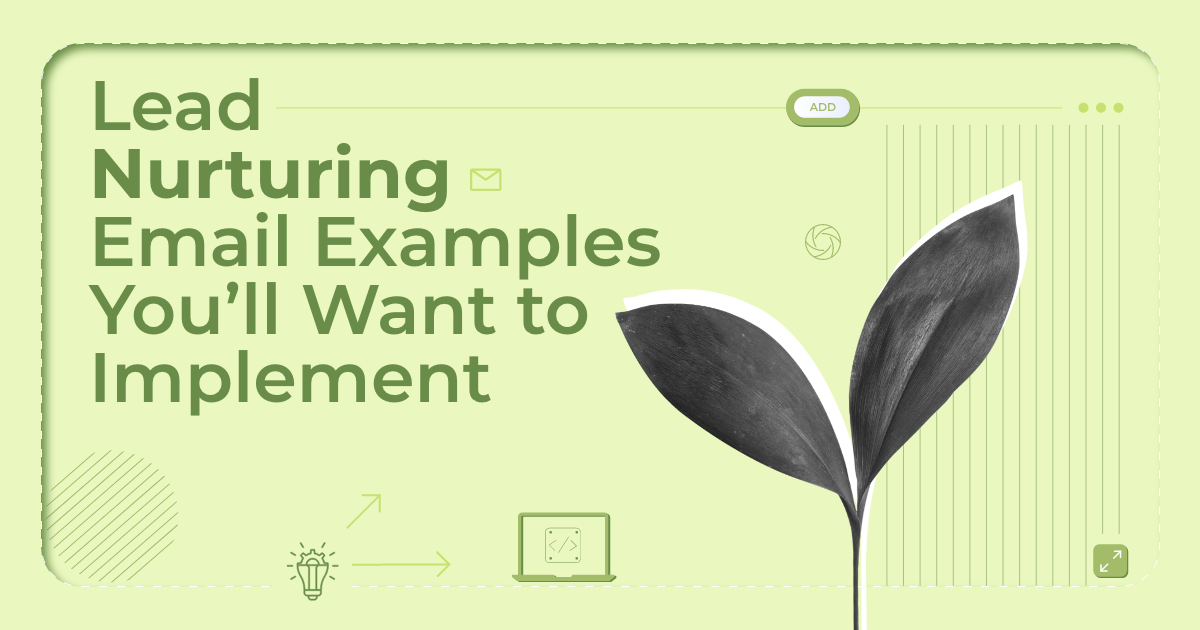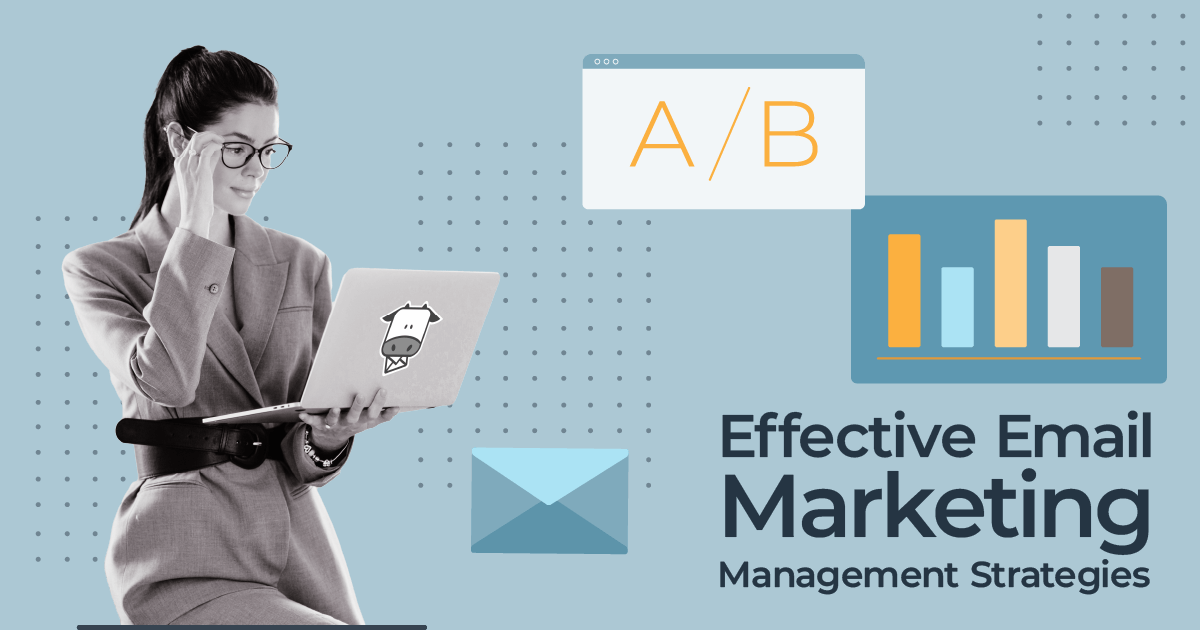
Email Marketing for Travel Agencies: An All-In-One Guide [2025]
After a steep drop during the pandemic, the tourist industry is finally seeing an upheaval in bookings and requests. With normalcy restored and travel restrictions lifted, people are willing to travel more and explore new places.
To capitalize on this trend, travel agencies use innovative digital marketing tactics to nurture existing customers and attract new ones. One of their top priorities is email marketing, as it’s cost-effective and helps businesses send targeted messages when leveraging its personalization and automation capabilities.
In this guide, you’ll learn everything about email marketing for travel agencies, from building a strategy to creating attractive emails that make a great impression. Plus, you’ll find some of the most converting email types for your industry.
Benefits of Email Marketing for Travel Agencies
What are the key advantages of including email campaigns to your marketing initiatives? In brief, creating emails relevant to your target audience can help you:
- Attract more visitors to your website and convert them into customers
- Boost your annual and seasonal ROI by sending campaigns with unique travel destinations
- Retain existing customers through loyalty and VIP programs
- Run referral programs to boost brand awareness through word-of-mouth
To reap each of those benefits, you need to craft campaigns with different content based on the intent. So, determine what you’d like to achieve to create emails that serve your marketing goals.
Top Email Types for the Travel Industry
Here are some popular email types sent by travel agents and businesses for different purposes:
Welcome email
This is the first email new subscribers receive when they join your email list. Welcome emails receive a high open rate, reaching up to 57.8%, making them a must-have tool for your travel agency.
Many brands make good use of the popularity of those emails and include incentives to shield the first deals. For example, you could inform them about exclusive offers or share a limited-time discount code.
Want to see an example? This email by Lonely Planet checks all the boxes.
Subject line: Welcome to Lonely Planet

Confirmational email
This is a transactional email type triggered when customers or prospects complete a specific action, such as booking or payment. These emails usually receive a high open rate as users want to ensure their action is complete.
Apart from confirming a finished process, you can use these emails to share more information with your audience about what to expect next. For example, if they’ve booked a trip, send a follow-up with valuable information, such as how to check-in.
Look at this reservation confirmation by Airbnb, including key details about the booking arrival time, location, and the host’s contact info.

Promotional email
If you want to boost your sales or promote new services and travel experiences to your audience, you can leverage your email marketing channel. Highlight the benefits of your offers or explain how they can claim your discounts and coupons to increase conversions.
You can also run seasonal sales, for example, on Black Friday or Valentine’s Day, to boost your revenue and personalize your offers for more profitable campaigns.
Here’s how Fort Myers promoted their free pass to existing and potential customers:
Subject line: Introducing Our Brand New Savings Pass!
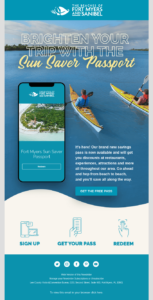
Thank you email
If you want to share your gratitude with loyal or VIP customers and secure high retention, it’s wise to send thank you emails when you see fit throughout their customer journey.
Moreover, you can combine these email newsletters with incentives like discounts to enhance loyalty and conversions at once.
Check out how Away approached this tactic sharing an exclusive gift as part of a thank you email:
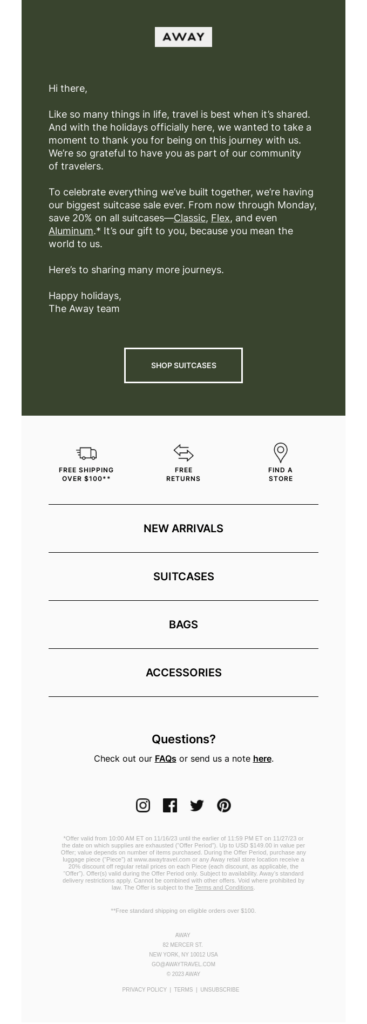
Re-engagement email
Another travel agency email type that can work miracles for your brand is re-engagement emails. Once you spot that certain subscribers start to disconnect from your business, send them relevant campaigns to win them back.
Choose the right email content based on the segment you’re targeting. Then, create an automated workflow to send a series of campaigns to maximize the likelihood of grabbing the subscribers’ attention.
Here’s an email campaign by Tripadvisor with valuable information about San Diego for subscribers who’ve searched relevant pages recently:

How To Create an Email Strategy for Your Travel Agency
Let’s see how you can build successful email marketing campaigns for your travel agency step by step. Before you kick off, though, make sure to set up clear goals and track them diligently as this channel grows.
1. Choose your email marketing software
If you want to take travel email marketing seriously, it’s best to get an email marketing service like Moosend or MailChimp to manage all tasks in one place. You’ll access a wide range of tools to build your audience, craft amazing campaigns with premade assets, and automate certain processes, such as sending booking confirmation emails.
Check out the features you should look for in an email marketing solution to find the best one for your travel business:
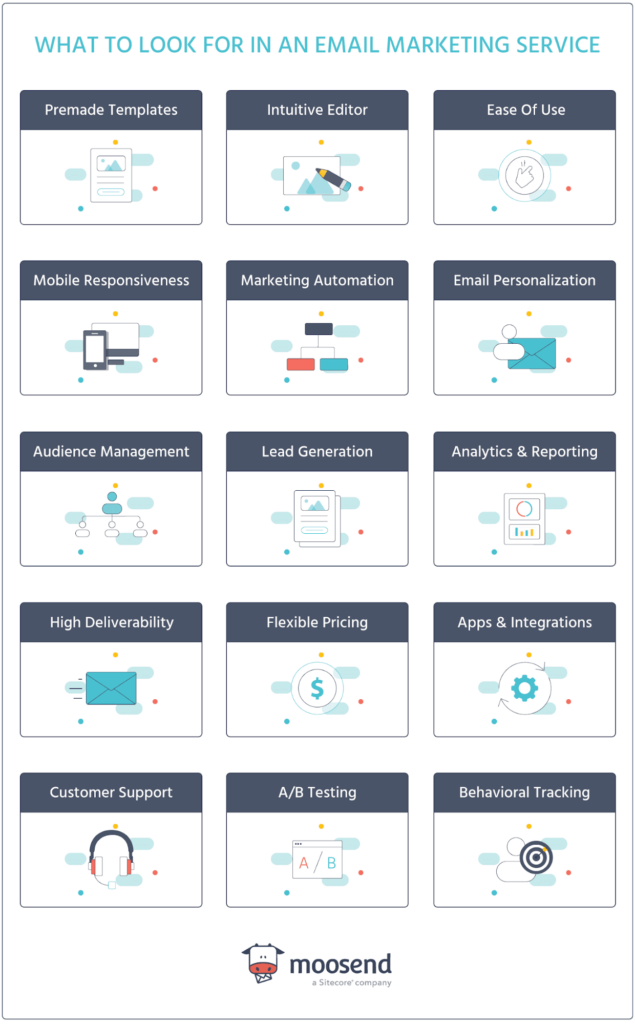
Before purchasing a platform, ensure that you can integrate it with other tools, such as your CRM solution without extra costs and request a free trial to test its efficiency. Plus, it’s wise to choose a service that is popular in your niche as they’re more likely to have assets that suit you.
For example, Moosend offers premade customizable templates for travel agencies, like this one:
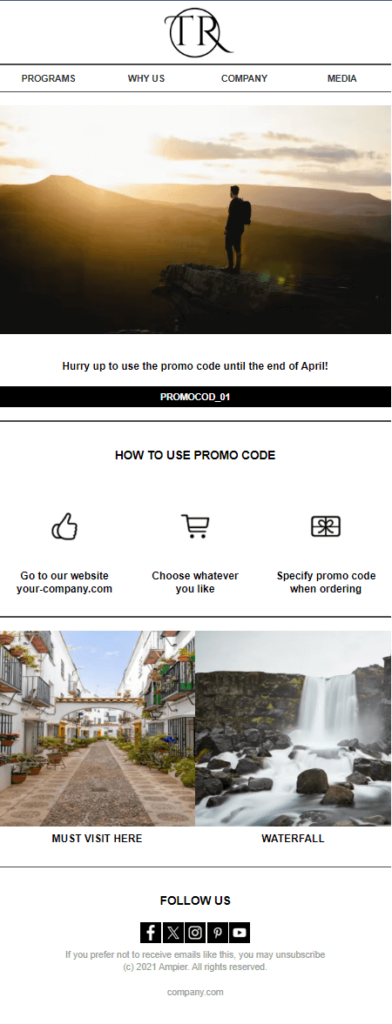
Sign up for an account today and tweak them based on your brand needs.
2. Build an email list
To start mailing your customers and prospects, you first need to collect their email addresses and get their opt-in, the permission to contact them. Here are some main tactics to grow your audience:
- Sign-up forms: Add them to your website in the form of pop-ups or sidebars to convert your visitors.
- Landing pages: Direct visitors with a specific intent to a landing page with a dedicated call-to-action to increase conversions.
- Lead magnets: Share ebooks, guides, and similar content marketing resources in exchange for email addresses.
- Social media posts: Invite your social followers to your email channel, mentioning the benefits of joining your email list.
- Contests: Run a giveaway contest or offer a discount to collect new email addresses.
To encourage customers and prospects to share their personal information with you, explain the benefits they’ll reap if they join your email list, from learning about offers to receiving travel advice. The better the incentive, the higher the conversion rates.
Look at this static website sign-up form by Lastminute to get inspired, including the privacy policy:
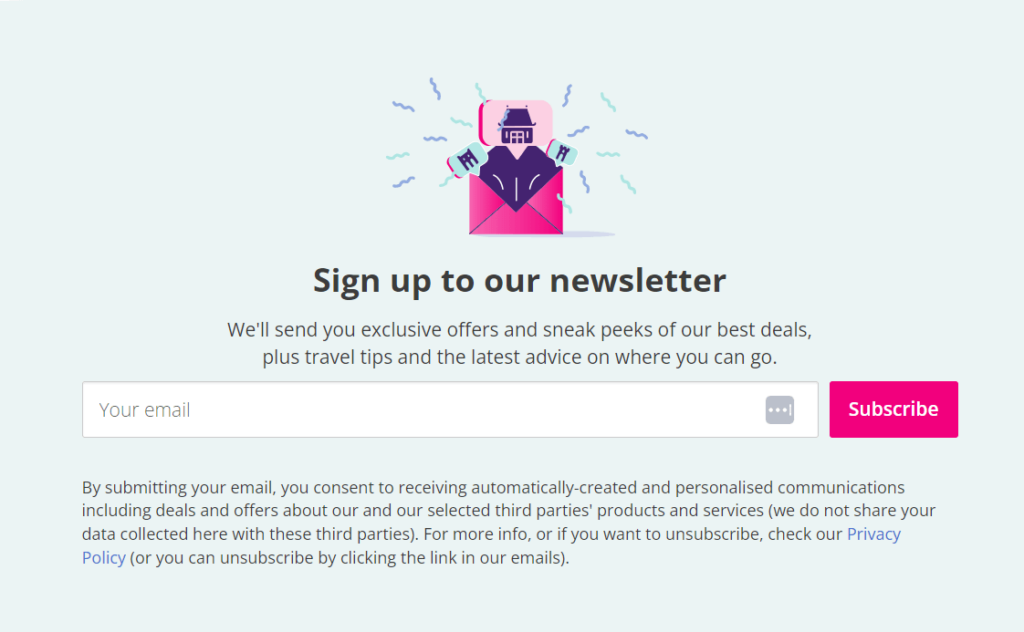
3. Create your newsletter
Let’s move to the creative part; crafting your email campaign. You can pick a ready-made email template with an outline that will get your message across with distinction. Or, you can use the email editor of your service to create your own email design from scratch. With platforms like Moosend, you can do it the drag-and-drop way.
For example, here’s a premade template for travel businesses with a layout that lets all different email parts shine:
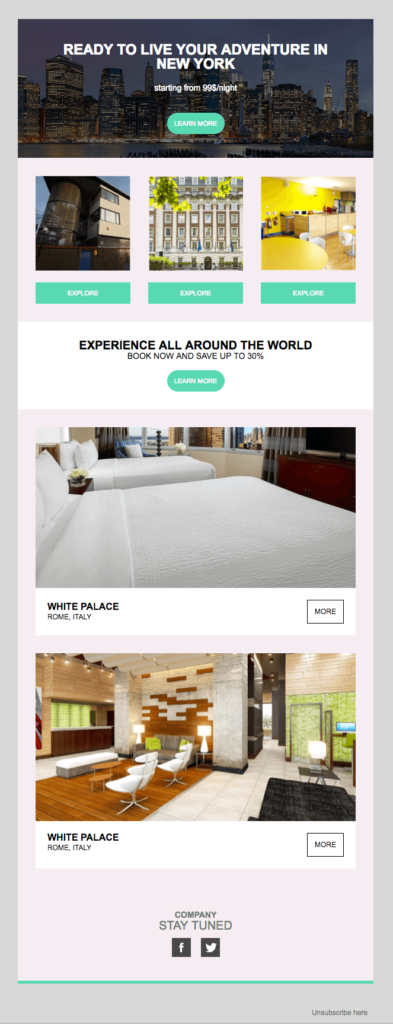
Use high-quality images of travel destinations and tourists in action to make your newsletter more vivid. You can also add GIFs and videos if you want it to be more interactive.
As for the email copy, form clear messages based on your campaign goal and add important keywords in the headlines to grasp your readers’ attention faster. Plus, remember that CTA buttons should stand out from the rest of the text, written in actionable language to drive higher click-through rates.
It’s also important to add an email footer with key details about your travel agency, such as contact information. Including a preference center and an unsubscribe link will allow your audience to choose what they want to receive from you and opt out if they’re not happy with your emails.
Check out this beautiful email example by South Dakota and use it as a reference:
Subject line: Less Dreaming, More Scheming 😉

4. Segment your audience
Personalized marketing is linked with better results in terms of customer satisfaction and retention. To craft personalized emails and make your current and prospective customers feel valued, you can use email segmentation.
Briefly, you can divide your email list into different segments based on shared characteristics such as location, gender, age, and booking history. Adjust your copy and images to send targeted messages to each segment and maximize your conversions.
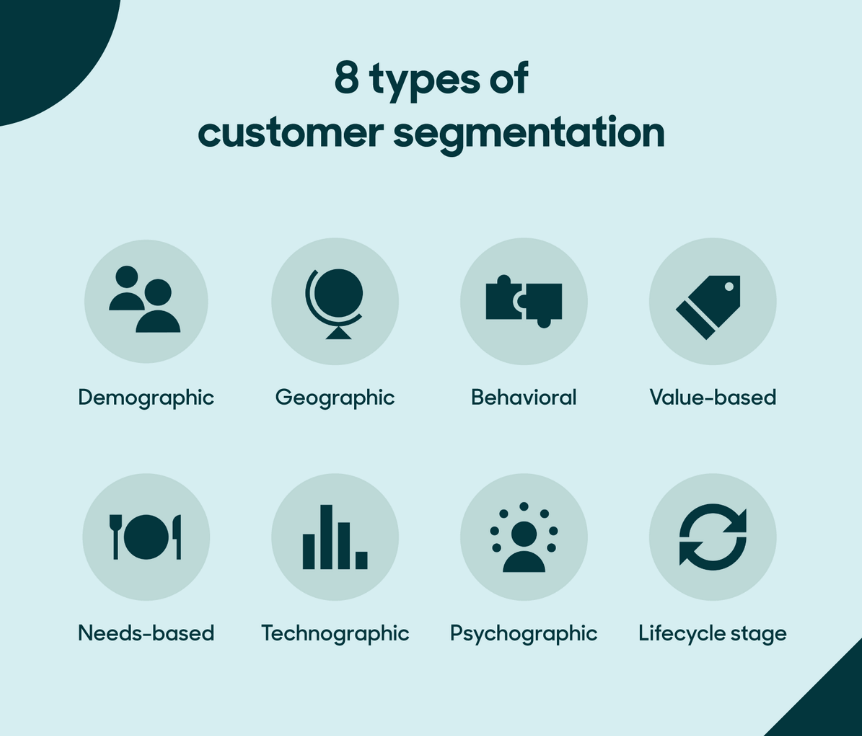
You can also combine this tactic with tagging and custom fields to add your recipient’s name in the subject line or inside the email to make it even more personal.
5. Analyze your metrics
Finally, after sending your first campaigns, you should check important metrics regularly to get a better understanding of your email performance. Here are the top email metrics to keep in mind:
- Open rates
- Click-through rates
- Conversion rates
- Unsubscribes
- Deliverability rate
- Spam complaints
Track them regularly to improve your email campaigns and keep subscribers engaged. Plus, you can integrate your platform with a tool like Google Analytics to dive deeper into certain data.
Quick Tips for Successful Email Campaigns
Read these short and easy-to-do practices to build emails that will appeal to tourists and travelers:
Write an attractive subject line
Consider how many emails land in a subscriber’s box daily. To make your email pop out, you need an email subject line that will outstand the competition. It should be within 30 to 50 characters and in line with the email content. You can also use relevant emojis to add a splash of color.
Get inspired by these subject lines by travel companies and agencies and customize them based on your needs:
- Where to go in Europe in 2024
- Is Las Vegas Still on Your Mind?
- There’s still time to gift a getaway
- 🌱💚 Is this the world’s most sustainable city?
- Your lake vacay won’t book itself
- Trips to take just for the food 🍽️
- Know What to Expect on Your Upcoming Trip
If you want to ensure that your subject line makes an impression, you can also use a free subject line tester like Refine and find alternative suggestions suitable for your niche.
Create a sense of urgency
If you show your customers that your offers are scarce, time-bound, and unique, you motivate them to claim them faster. Using words and phrases like “now,” “limited time,” and “a few days left” at prominent places such as headlines can make an impact.
To visualize this urgency, you can also use a countdown timer inside your email. However, it’s important to use those tactics moderately, as you might add unwanted pressure to readers and push them away.
For example, AllTrails started creating this feeling to the reader straight from the subject line. Plus, adding “Now” in the CTA button serves the same purpose.
Subject line: Last chance: 200+ national park guides for half the price

Set up drip campaign series
Email marketing automation can take your travel agency email marketing strategy to the next level. You can schedule automated workflows to nudge your customers and prospects at distinct stages throughout their customer journey.
For example, a travel business can benefit from a win-back email series, weather-based recommendations, welcome and post-purchase series. Many email marketing services like Moosend offer premade recipes to set them up effortlessly with a few tweaks.
For instance, here’s a re-engagement weather-based automation recipe:
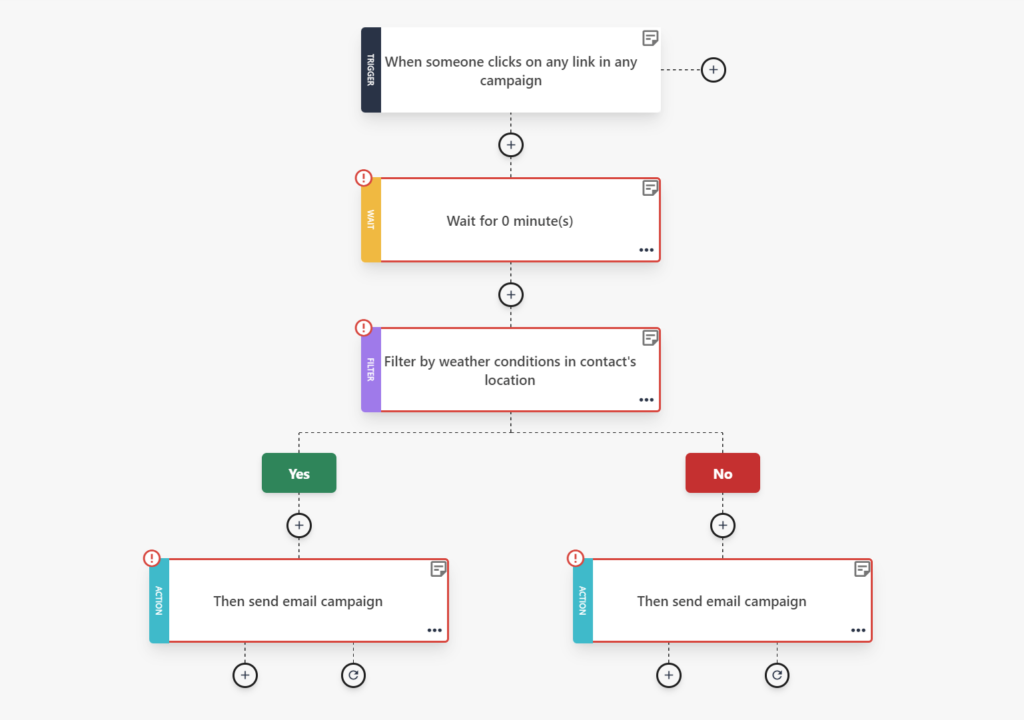
Conduct AB Testing
If you’re unsure about your email content but want to secure the best performance, you can run A/B testing. You can test two different variations of an email and see which performs best for your audience. This version will then be sent to most of your subscribers.
So, what email parts can you test? Let’s see:
- Subject line
- Sender name
- Send time
- Email content
- Design
Not all email services offer those options, so search for them carefully on their feature page if A/B testing is high on your priority.
Leverage word-of-mouth
No one can argue the power of word-of mouth marketing. To use it in your email campaigns, you can add testimonials and quotes from customers that have something nice to say about your travel agency.
Plus, you can also run referral programs and give incentives to people who bring new customers to you.
Here’s how Scott’s Cheap Flights (currently Going) informed subscribers about their referral program:
Subject line: 💵Win free Premium and $200 cash.

Ensure mobile friendliness
Most users open emails on their mobile devices, and it’s important to secure an optimal experience for them, too. Keep an eye out for email services with email templates that are suitable for smartphones.
You can also follow a few practices beforehand to bring better results. For example, you can write short copy and add a few images to reduce scrolling time and help readers find useful information fast.
Emails That Travel a Long Way
Long story short, email marketing can work wonders for travel agencies and companies, that’s why it’s important to add it to your marketing tool list. It can give a great boost to your revenue at a low cost and contribute immensely to your brand awareness and customer retention efforts.
So, sit down with your marketing team, define your email marketing goals, and set up your strategy step by step following this guide. And if you want an affordable email marketing solution which is trusted by travel agencies, sign up for a Moosend account today and check out how you can connect with travelers no matter where they are.



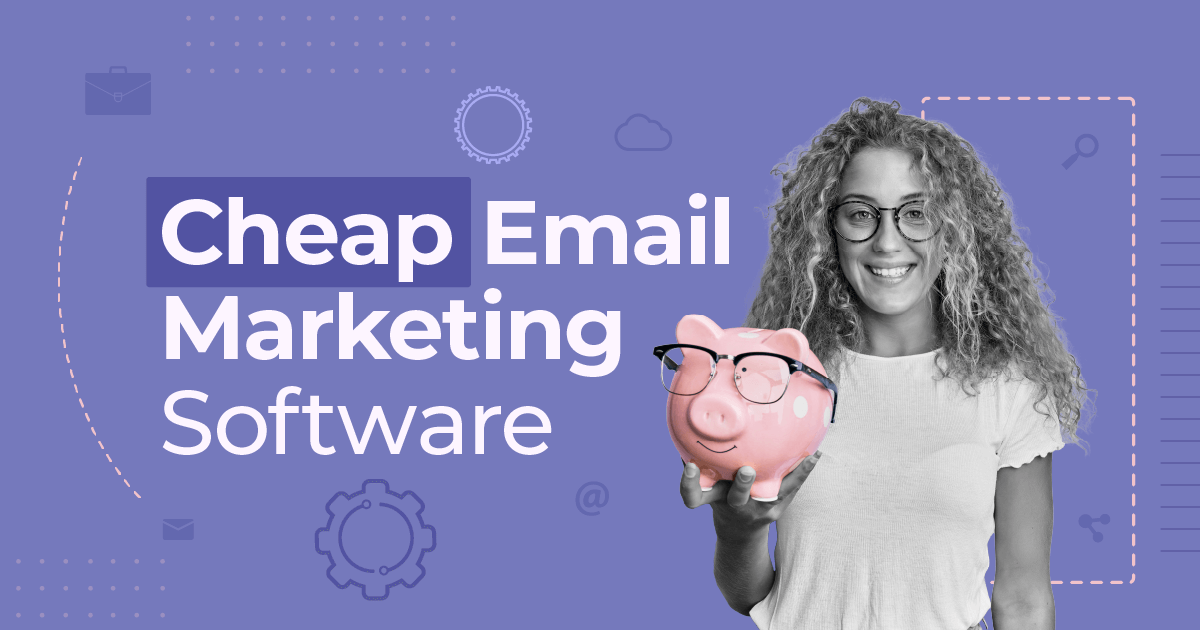
 Published by
Published by
